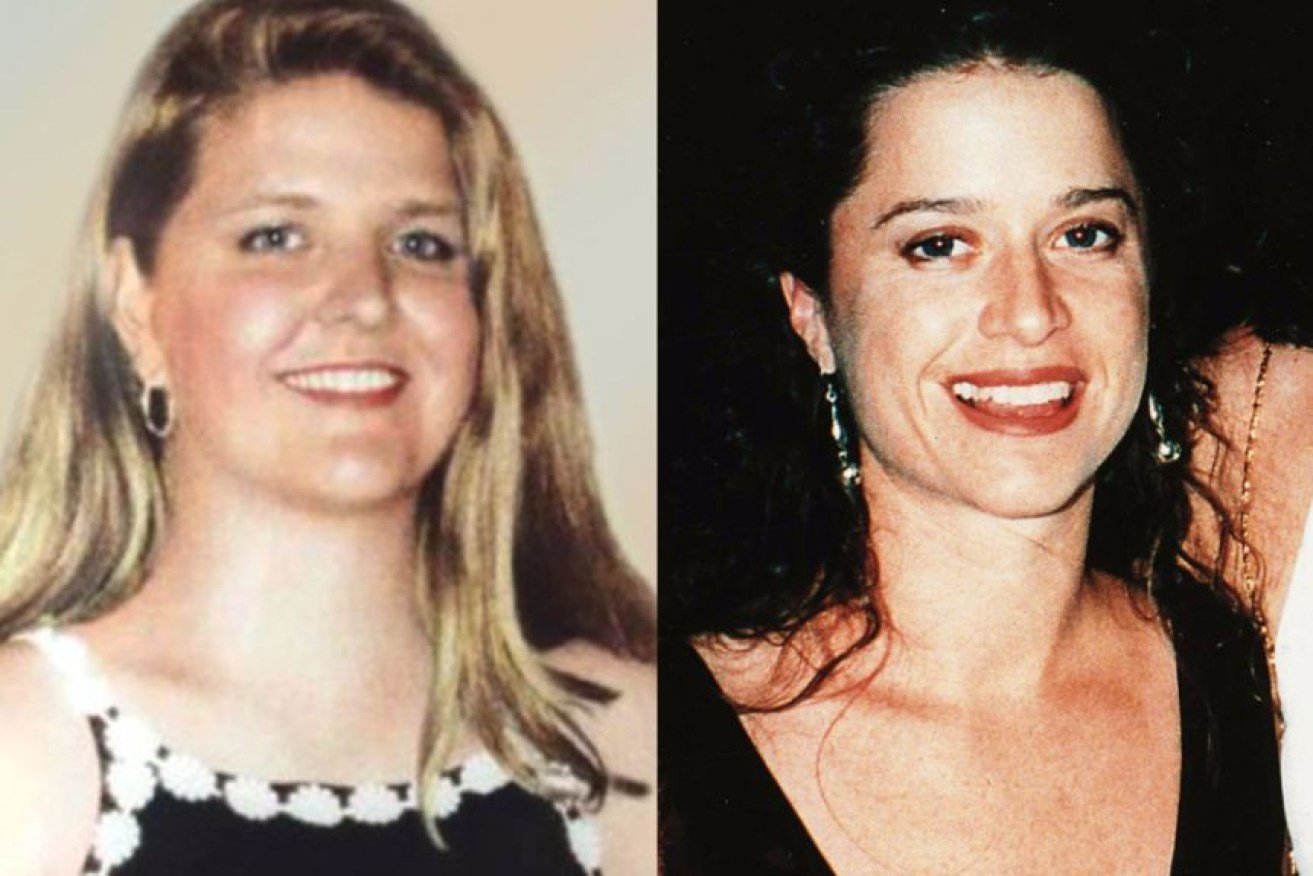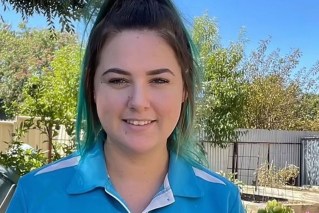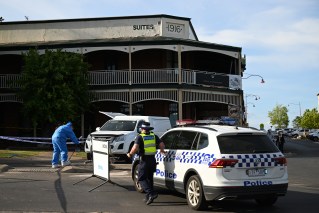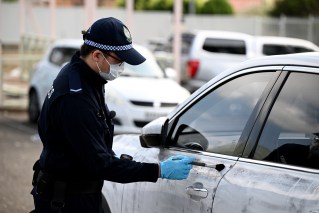Source of fibres found on bodies not clear, Claremont serial killer trial told

Jane Rimmer and Ciara Glennon were murdered after disappearing from the streets of Claremont in Perth in 1996 and 1997. Photo: Fairfax Media
Critical fibres found on the bodies of two murdered women matching those found in a Telstra car driven by accused Claremont serial killer Bradley Edwards could have come from another car in Telstra’s fleet, the triple murder trial has heard.
Mr Edwards, 51, a Telstra technician, has pleaded not guilty in the WA Supreme Court to the murders of three young women who vanished late at night from the Claremont entertainment precinct in Perth’s western suburbs in 1996 and 1997.

Three polypropylene fabrics found in Ms Glennon’s hair matched fabric found in Edwards’s car. Photo: Supplied/WA Supreme Court
Only the bodies of two of the women — Jane Rimmer, 23, and Ciara Glennon, 27 — have ever been found, and fibres matching Edwards’s work uniform and Telstra-issued 1996 model VS Holden Commodore station wagon were found on both of them.
The body of 18-year-old Sarah Spiers has never been found.
Under questioning from Justice Stephen Hall, international fibre expert Ray Palmer agreed it was “equally likely” the combination of fibres from the Telstra uniform and from the car could have come from another Commodore of the same model and year owned by the telco.
The fibres could also have come from a privately owned vehicle of the same make and model used by a Telstra employee, he said.

Accused serial killer Bradley Edwards’ Telstra car was seized by police. Photo: Supplied/WA Supreme Court
Combination of blue and grey fibres was key, trial told
Dr Palmer, who was testifying via video link from the UK, is the prosecution’s fibre expert and earlier told the court fibres found on the two women’s bodies strongly suggested they had been in the car driven by Mr Edwards and recovered by police in December 2016.
This was because of the particular combination of fibres found on them that indicated they had been in contact with the car’s interior.
Edwards drove the car, with a registration of 1BPX 080, between April 1996 and December 1998, when it was assigned to another Telstra employee who drove it until 2006.
A total of 13 blue polyester fibres matching Telstra work uniforms of the era were found in the car after police seized it, but Dr Palmer admitted under questioning from defence counsel Paul Yovich SC the fibres were more likely to have come from a more recent user of the car.

The blue dye used on Telstra uniforms was a unique colour called Telstra navy, manufactured by the firm Yakka. Photo: Supplied/Supreme Court Of Western Australia
However, he disagreed with Mr Yovich’s suggestion that the two women had the same types of fibres on their bodies because they had been socialising at the same hotel — Claremont’s Continental Hotel — in the hours before their deaths.
Dr Palmer said that fact would have had minimal effect on the likelihood of the fibres being common to both because of the amount of time that had elapsed between their murders.
Ms Rimmer disappeared in June 1996 and Ms Glennon nine months later, in March of the following year.
Fibres matched footwell of those in accused’s make of car
Dr Palmer said three grey polypropylene fabrics found in Ms Glennon’s hair matched fabric found in the footwells of Mr Edwards’s car.
“Being placed in the footwell would explain how the fibres from the footwell came to be in her hair,” he said.
He agreed with state prosecutor Carmel Barbagallo’s suggestion that the fact that there were so few car fibres found on her could have been because she had been wrapped up in something that could have acted as a barrier preventing the transfer of fibres whilst in his car.
Dr Palmer was also asked about two blue polyester fibres found on the shorts of the 17-year-old Edwards raped in 1995, which matched fibres found on Ms Glennon and Ms Rimmer.
The fibres were found to correspond with fibres used to manufacture Telstra-issued uniforms of the era.
He said in his opinion it was unlikely the fibres on the shorts could have been picked up through the teenager’s activities on the night she was attacked, which included nightclubbing in Perth and in Claremont.
“That scenario begs credibility,” Dr Palmer said.
He said the chances of the fibres found on both Ms Rimmer and Ms Glennon having got there through some sort of contamination by scientists or police officers at the crime scenes or post-mortem examinations was “remote”.
The fibre section of the marathon trial, which is in its fifth month, has now concluded.
The prosecution is expected to wrap up its case next week, including showing the police interview with Mr Edwards after his arrest in December 2016.
-ABC








